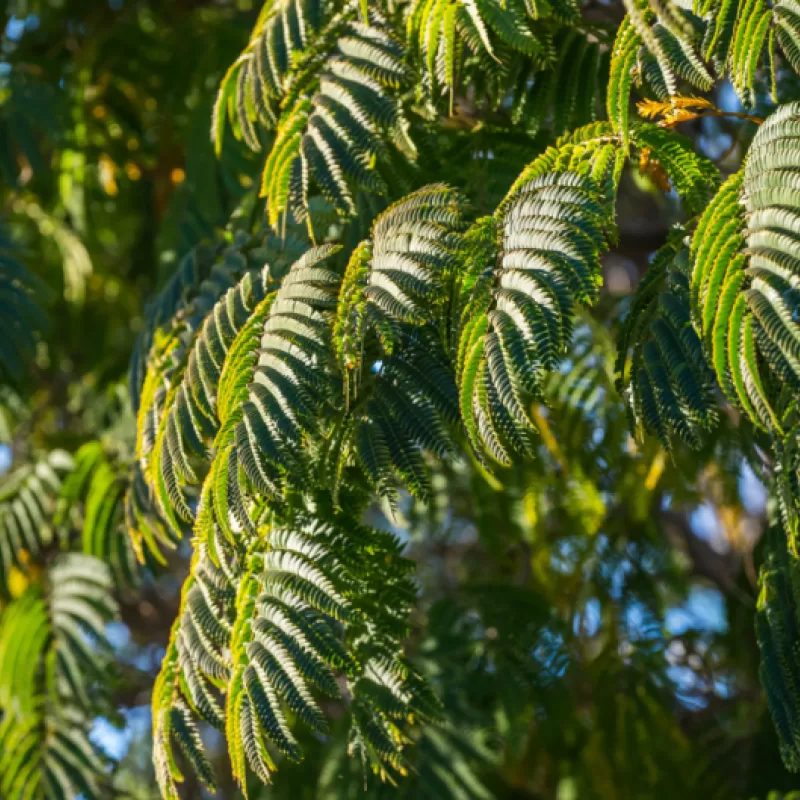| Height |
10.0m (1000cm) |
| Flowers |
Pale yellow globular heads of 20-30 flowers |
| Fruit |
Seed pods |
| Form |
Tree |
| Municipalities |
Break O'Day; Brighton; Central Coast; Central Highlands; Circular Head; Clarence; Derwent Valley; Devonport; Dorset; Georgetown; Glamorgan-Spring Bay; Glenorchy; Hobart; Kingborough; Latrobe; Launceston; Meander Valley; Northern Midlands; Sorell; Southern Midlands; Tasman; West Coast; West Tamar |
| Communities |
Dry Eucalypt Forest and Woodland; Grassy Vegetation |
| Habitat Notes |
Frost and drought tolerant but sensitive to fire when young(less than three years). Adapts to a wide range of soils including relatively infertile sites. Will tolerate occasional inundation. |
| Site Tolerance |
Dry; Moist; Shady |
| Frost Tolerance |
Hardy |
| Soil Tolerance |
Fertile; Loam; Poor; Poorly-drained; Well-drained |
| General Notes |
Susceptible to browsing by hares and rabbits. Resistant to Phytophthora cinnamomi Useful as a medium level cover (up to 15m) in windbreaks. A good shade tree, useful in erosion control, due to its quick growth and ability to improve soil quality. Provides important structural diversity for nesting and foraging wildlife.Leaves, flowers, seed pods and bark can be used in dyeing.Important food source for sugar gliders.Often heavily infested with rust galls reducing future seed cropping potential.Koori (mainland) use: It was an important source of gum, which was eaten or dissolved in water with flower nectar to make sweet drinks. When mixed wih burnt mussel shell or wood ashes it formed a cement for water buckets made from the bark of the tree. The bark made fibre for coarse string and infused with water. Not suitable below powerlines. |


